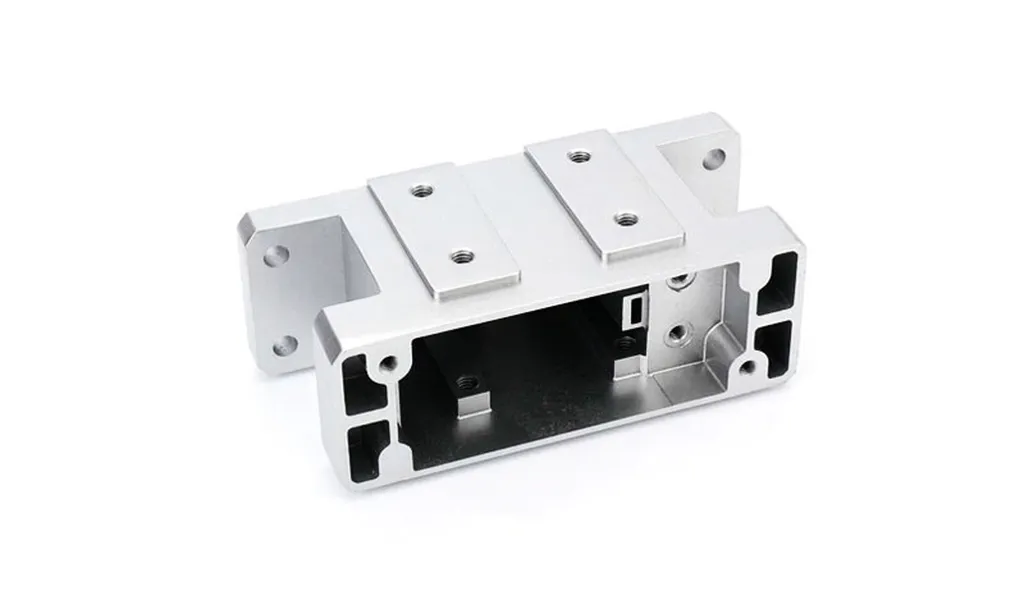In a significant stride towards advancing additive manufacturing (AM) in the electrical industry, researchers have benchmarked the performance of AlSi10Mg alloy parts produced via Laser Directed Energy Deposition (L-DED) and Laser Powder Bed Fusion (L-PBF) against traditional casting methods. The study, led by Alexandre Pinhel Soares, offers promising insights into the mechanical performance and very-high cycle fatigue (VHCF) life of these components, potentially reshaping the landscape of spare parts manufacturing.
AlSi10Mg alloy is a popular choice in the electrical industry due to its favorable properties. However, processing this alloy via AM presents challenges, particularly in controlling oxygen and moisture levels, which can adversely affect the process and the final component’s properties. To overcome these hurdles, Soares and his team developed optimized processing parameters and build strategies for both L-DED and L-PBF techniques.
The research, published in the journal ‘Materials Research’ (translated from Portuguese as ‘Materials Research’), involved a comprehensive analysis of the manufactured parts. The team employed various testing methods, including Archimedes’ density measurement, optical microscopy, computed tomography, hardness, tensile, Charpy impact, and VHCF tests. The results revealed that while there were slight differences in mechanical properties, porosity, and microstructure between L-PBF and L-DED specimens, their VHCF performance was comparable.
“This study demonstrates the potential of AM technologies to produce high-performance AlSi10Mg components for the electrical industry,” said Soares. “The ability to manufacture customized parts with larger dimensions and greater geometric resolution can significantly enhance the efficiency and reliability of electrical systems.”
The implications of this research are substantial for the energy sector. As the demand for spare parts grows, AM technologies like L-DED and L-PBF offer a viable solution for on-demand, customized manufacturing. The comparable VHCF performance of AM-manufactured parts to traditional casting methods suggests that these technologies can be confidently integrated into the production of critical components.
Moreover, the study highlights the importance of optimizing processing parameters to ensure the desired microstructure and mechanical properties. As Soares noted, “Understanding and controlling these parameters is crucial for the successful implementation of AM technologies in the electrical industry.”
This research paves the way for future developments in AM, particularly in the context of the electrical industry. As the technology continues to evolve, it is expected to play an increasingly significant role in the production of high-performance, reliable components, ultimately driving innovation and efficiency in the energy sector.

